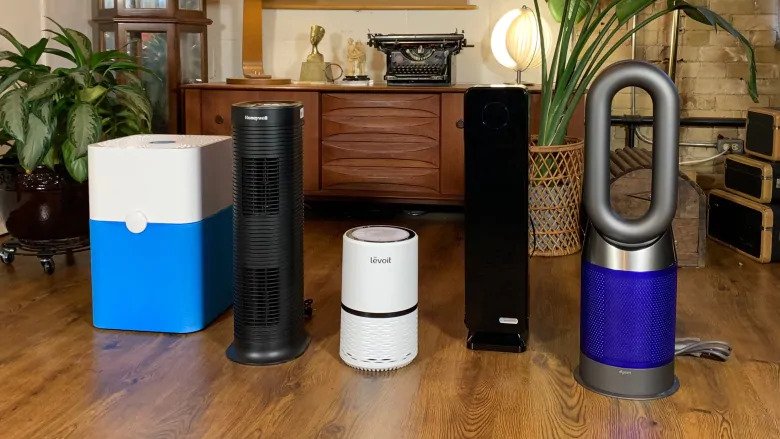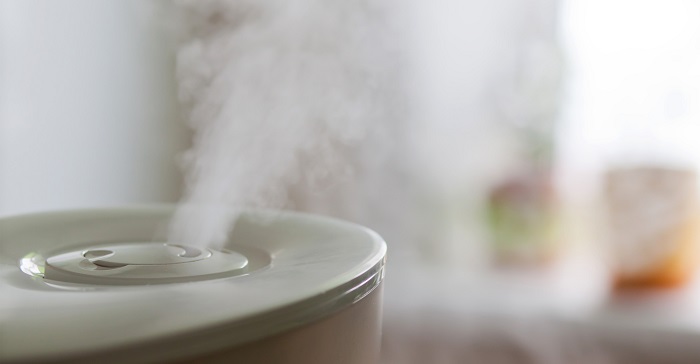Maintaining good indoor air quality (IAQ) is crucial for creating a healthy living environment. If indoor air quality is compromised, it can cause a range of health issues such as allergies, asthma, respiratory illnesses, and headaches. By installing indoor air quality products and systems, you can ensure that your home maintains good IAQ. This guide will delve into the various types of IAQ systems available and what factors you should consider when selecting the most suitable system for your home.
Air Filters
Air filters are commonly used indoor air quality products that operate by capturing airborne particles like pollen, dust, and pet dander, which could trigger allergies or respiratory issues.
Air filters come in various of sizes and types, ranging from simple flat-panel filters to high-efficiency particulate air (HEPA) filters.
When choosing an air filter, consider the following factors:
- When selecting air filters, consider their MERV (Minimum Efficiency Reporting Value) rating, which represents their capacity to capture tiny particles. It’s recommended to choose filters with a MERV rating of 8 or higher.
- Select an air filter that caters to your specific requirements. For instance, if you’re looking to alleviate allergies, go for pleated filters, or if you’re tackling odors, consider carbon filters.
- Size: To ensure a proper fit for your HVAC system, measure the size of your air filter beforehand.

Air Purifiers: Must Have Indoor Air Quality Products
Air purifiers are efficient indoor air quality products that function by eliminating airborne pollutants, like bacteria, viruses, and mold spores. There are numerous types of air purifiers, which include:
- UV-C air purifiers: These systems use ultraviolet light to kill bacteria and viruses.
- Ionizers: Ionizers discharge negatively charged ions that adhere to airborne particles and bring them down on surfaces.
- Activated carbon purifiers: These use activated carbon to absorb odors and chemicals.
- HEPA air purifiers: These use a high-efficiency particulate air filter to trap small particles.
When choosing an air purifier, consider the following factors:
Select an air purifier that is engineered to combat the specific pollutants present in your home.
Ensure that the air purifier system you choose is suitable for the room size in which you plan to use it.
When you want to select an air purifier for your home, take into account its noise level as some models can be quite loud.

Ventilation Systems
Ventilation systems are created to introduce fresh outdoor air into your living space while expelling stagnant indoor air. Various systems can achieve this goal, such as:
- Exhaust fans: These are typically installed in bathrooms and kitchens to remove moisture and odors.
- Heat recovery ventilation (HRV) systems: These use a heat exchanger to transfer heat from the outgoing air to the incoming air, reducing energy costs.
- Energy recovery ventilation (ERV) systems: These are similar to HRV systems but also transfer moisture between the incoming and outgoing air streams, helping to maintain proper humidity levels.
When choosing a ventilation system, consider the following factors:
- Climate: Choose a ventilation system that is appropriate for your climate, as this can impact the system’s effectiveness.
- Energy efficiency: Look for systems that are energy efficient to help reduce your utility bills.
- Installation requirements: Some ventilation systems require professional installation, so consider this when choosing a system for your home.
Humidifiers and Dehumidifiers are Essential Indoor Air Quality Products
Humidifiers and dehumidifiers are indoor air quality products that help to maintain proper humidity levels in your home.
Humidifiers aid in adding moisture to the air, providing relief for dry skin and respiratory issues, whereas dehumidifiers extract surplus moisture, helping to deter mold growth and other associated issues.
When choosing a humidifier or dehumidifier, consider the following factors:
- Ensure that the unit you select for your room is appropriate for its size.
- Different types of humidifiers and dehumidifiers are available, such as evaporative, ultrasonic, and steam models. Determine which type would be most effective for your requirements.
- Opt for a unit that is effortless to clean and maintain since humidifiers and dehumidifiers necessitate routine upkeep.

Carbon Monoxide Detectors
Carbon monoxide or CO is a gas that is both colorless and odorless, and at high concentrations, it can be fatal. CO detectors are IAQ systems that supervise the air for CO levels and will sound an alarm if it reaches hazardous levels.
We recommend placing CO detectors on every floor of your residence, including near sleeping areas.
When choosing a CO detector, consider the following factors:
- Power source: CO detectors can be battery-powered, plug-in, or hardwired. Consider which power source will work best for your needs.
- Sensitivity: Look for a detector that meets UL standards and has a sensitivity of at least 30 ppm.
- Maintenance: CO detectors require regular maintenance, such as battery replacement, so choose a unit that is easy to maintain.
Other Solutions for Improving Indoor Air Quality
Air Duct Cleaning
As time passes, air ducts may accumulate dust, dirt, and other debris, leading to decreased HVAC system performance and contributing to inferior indoor air quality.
Air duct cleaning involves removing the buildup of contaminants from your ductwork, improving the air flow in your home and reducing the potential for respiratory problems.
When considering air duct cleaning, consider the following factors:
- We recommend cleaning your air duct once in three to five years.
- Air duct cleaning and maintenance should be done by a professional HVAC technician.
- The cost of professional air duct cleaning services is subject to change, based on your home’s size and the extent of contamination in the ductwork.
Air Quality Monitors
Air quality monitors are instruments that detect and quantify air pollutants, such as volatile organic compounds (VOCs), carbon dioxide (CO2), and particulate matter (PM2.5). By continuously monitoring the air quality in your home, they provide real-time data, enabling you to take corrective measures and enhance your indoor air quality.
When considering air quality monitors, consider the following factors:
- Type: There are several types of air quality monitors, including portable, handheld, and stationary models.
- Accuracy: Look for monitors that are accurate and reliable, with sensors that are designed to detect specific pollutants.
- Cost: The cost of air quality monitors varies depending on the features and functionality of these indoor air quality products.
Air Sealing
Air sealing refers to the process of sealing gaps and cracks in your home’s walls, windows, and doors to prevent outside air from infiltrating and inside air from escaping. The main benefits of air sealing are improved energy efficiency, reduced energy bills, and better indoor air quality due to the reduction of outdoor pollutants entering your home.
